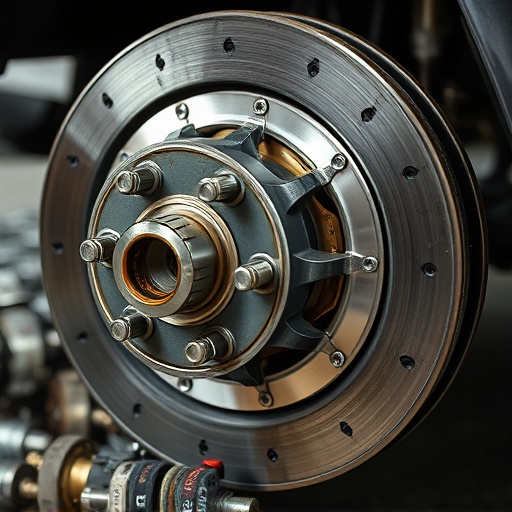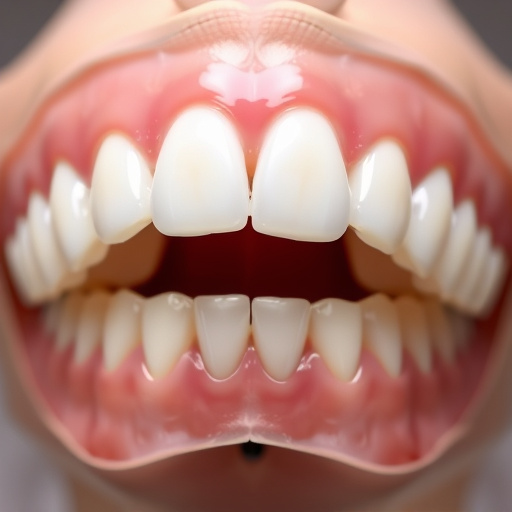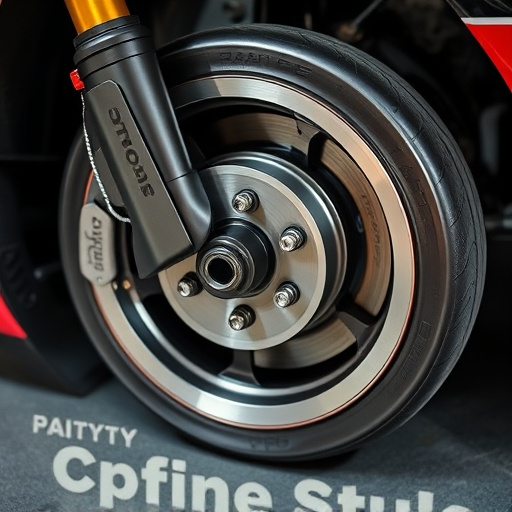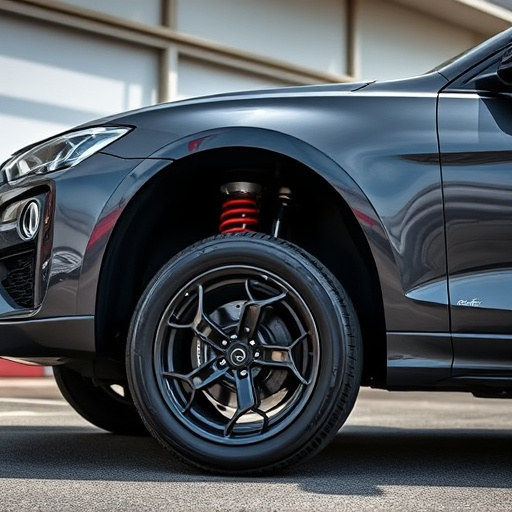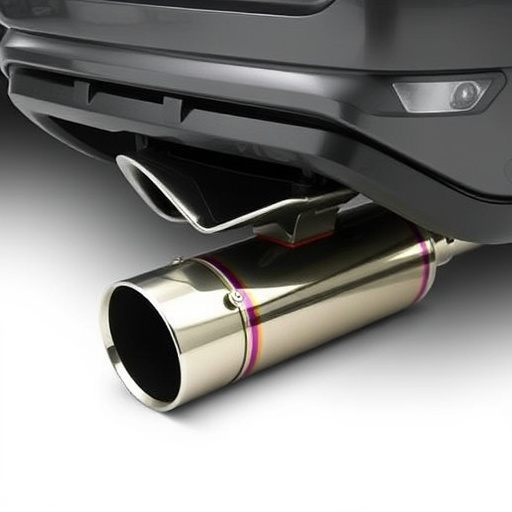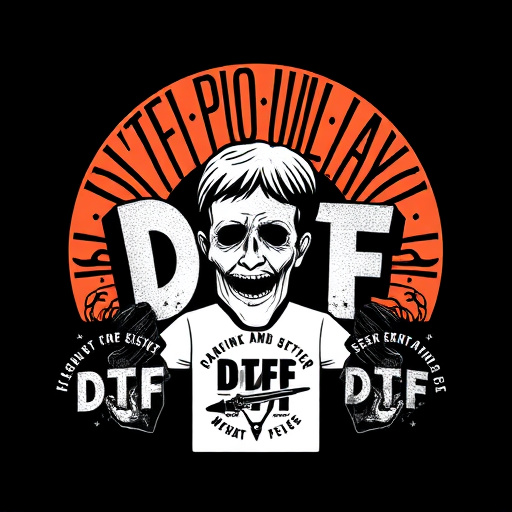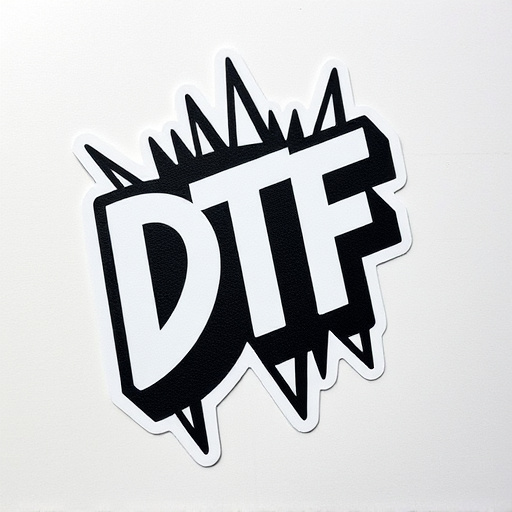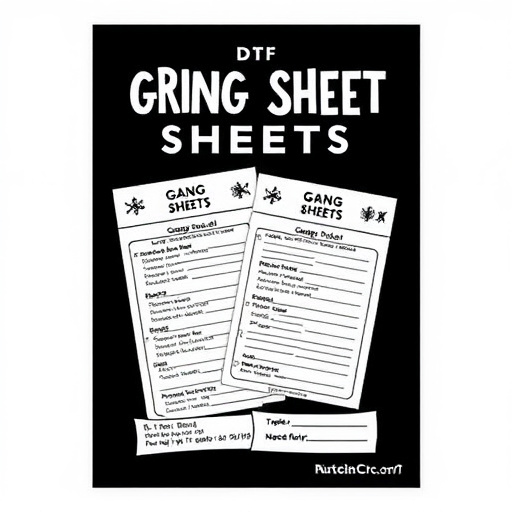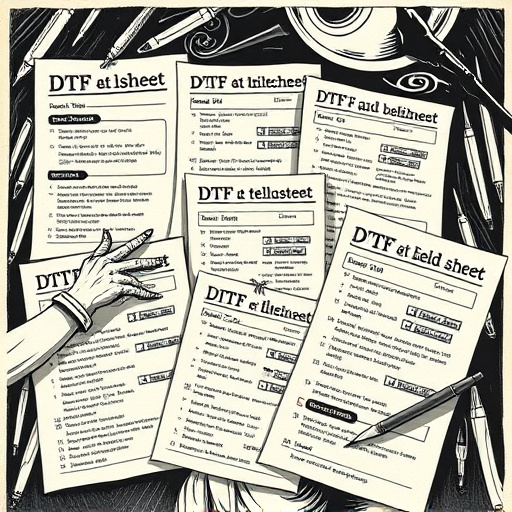DTF (Direct to Fabric) printing equipment, comprising high-quality printers, precision plates, and transfer films, revolutionizes print-on-demand industry by enabling fast turnaround times and producing crisp, vibrant custom designs. Essential components for top-notch DTF results include a specialized printer, durable materials, cutting system, software, and quality control tools. Implementing DTF technology enhances productivity, reduces setup time, and allows small businesses to compete with larger brands by offering personalized apparel at competitive prices while ensuring long-lasting prints.
In today’s competitive market, having unique and high-quality print capabilities can set your shop apart. DTF (Direct to Fiber) printing is a revolutionary game-changer that offers vibrant, durable results on a wide range of materials. This comprehensive guide will walk you through the essentials of DTF printing equipment, helping you choose the top tools for your workshop. From understanding the technology to exploring the benefits, we’ll cover everything you need to know to enhance your printing capabilities and stay ahead in the industry.
- Understanding DTF Printing: A Comprehensive Guide
- Top 5 Essential DTF Printing Equipment for Your Shop
- Benefits and Best Practices for DTF Printing Implementation
Understanding DTF Printing: A Comprehensive Guide

DTF (Direct to Fabric) printing is a versatile and efficient method for transferring designs onto various fabrics, making it an indispensable technique in the print-on-demand industry. It involves applying ink directly onto fabric using specialized equipment, resulting in vibrant, long-lasting prints. This technology has revolutionized custom apparel and textile production by enabling businesses to offer fast turnaround times and high-quality custom designs.
Understanding DTF Printing Equipment: The backbone of successful DTF printing lies in the quality of your machinery. Essential components include a reliable print head, precision plate, and high-performance inkjet printers. A good DTF printer ensures optimal ink transfer, precise registration, and consistent output. Additionally, investing in top-quality DTF transfer film is crucial for achieving exceptional dtf durability. These films act as intermediaries between the design and fabric, guaranteeing crisp details and vibrant colors during the printing process.
Top 5 Essential DTF Printing Equipment for Your Shop

In today’s digital age, having the right DTF printing equipment is a game-changer for any shop looking to create durable prints with speed and efficiency. When it comes to essential DTF printing equipment, there are key components that every business should invest in to ensure top-notch results. Here are the top 5 must-haves:
1. Direct to Film (DTF) Printer: This is the cornerstone of your setup. A high-quality DTF printer allows for precise and vibrant direct to film transfers, ensuring your designs are accurately replicated on a variety of materials. Look for models known for their speed and precision.
2. Durable Printing Materials: Stocking a range of durable printing papers, films, and fabrics is crucial. Offering diverse options caters to different customer needs, from T-shirt prints to poster creations. Ensure you source materials known for their longevity to provide clients with long-lasting, high-quality products.
3. Versatile Cuttings System: A reliable cutting machine is essential for trimming and finishing printed materials accurately. Whether it’s cutting out intricate designs on fabric or die-cutting precise shapes for paper products, a versatile cutting system adds significant value to your service offerings.
4. Computer with Specialized Software: A powerful computer equipped with DTF printing software allows for seamless design transfer, color correction, and print preparation. Look for software that integrates easily with popular graphic design programs and offers advanced features like automated rip and pre-press functions.
5. Quality Control Tools: Investing in tools like color measurement devices and inspection scopes ensures the consistent quality of your prints. These tools help you catch any issues early in the process, enabling prompt corrections and ensuring customer satisfaction through flawless, durable final products—a key advantage in a competitive market where DTF fast delivery is increasingly expected.
Benefits and Best Practices for DTF Printing Implementation

Implementing Direct to Garment (DTF) printing technology can significantly enhance a shop’s capabilities in creating custom, on-demand apparel. One of the primary benefits is its speed and efficiency; DTF printing equipment allows for quick design application directly onto fabrics, reducing time spent on setup and preparation compared to traditional methods. This not only expedites production but also enables small businesses and startups to compete with larger brands by offering personalized products at a competitive pace.
Best practices for successful DTF printing implementation include ensuring optimal print quality through regular calibration and maintenance of equipment. Attention to dtf design requirements, such as using high-resolution graphics and appropriate color profiles, is crucial for vibrant, long-lasting prints. Additionally, investing in durable materials and following recommended printing techniques enhances the longevity of the final products, catering to customers seeking both style and sturdiness in their custom orders.
In conclusion, integrating DTF (Direct-to-Film) printing technology into your shop is a strategic move that offers numerous advantages. By equipping yourself with the essential DTF printing equipment outlined in this article, you’ll enhance productivity, improve design versatility, and deliver exceptional print quality. Remember that staying ahead in the printing industry involves embracing innovative solutions like DTF, ensuring you meet client demands and stay competitive in the market.


